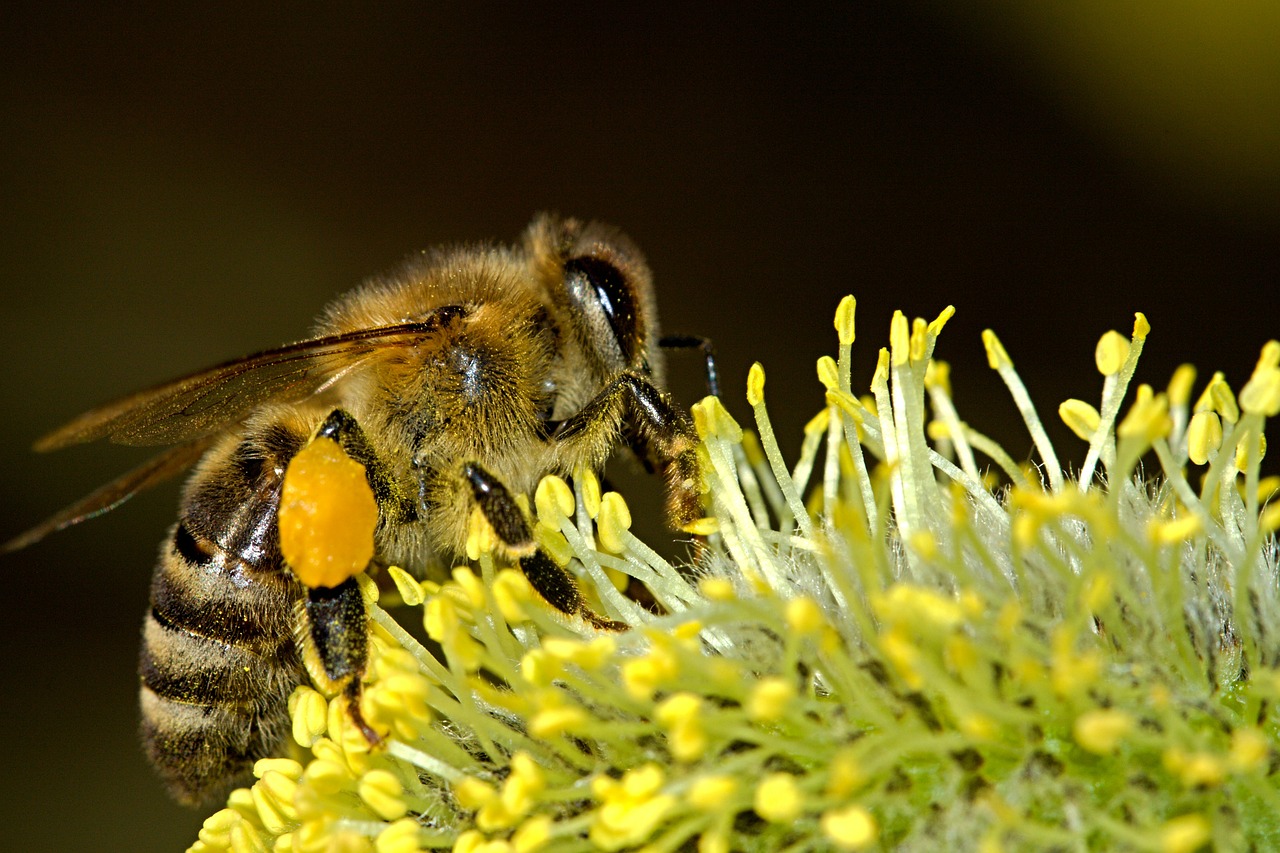Attorney General Calls Out Insufficient Insecticide Regulation
Risk to Pollinators Higher than Previously Thought

The insecticide flonicamid is currently under review by the Environmental Protection Agency (EPA) for residential use, which California Attorney General Xavier Becerra asserts may be toxic to bees and other critical pollinators. The manufacturer of flonicamid, ISK Biosciences (ISK), has applied for use of the insect spray on roses, flower shrubs, and small trees at households, which will increase pollinator exposure. Pollination affects the agriculture, environment, and economy of the United States, with pollination of agricultural crops in the U.S. valued at $10 billion or more annually, according to the U.S. Department of Agriculture (USDA).
In a letter to the EPA sent less than a month ago, Deputy Attorney General Robert Swanson asserted that while the EPA found that flonicamid poses a higher risk to pollinators than previously believed, EPA did not collect the data from required follow-up studies. Nor did the EPA include adequate determinations of the environmental impacts of flonicamid as required by the Federal Insecticide, Fungicide, and Rodenticide Act (FIFRA) in its ecological risk-assessment draft.
Flonicamid marketing firm FMC Corporation stated the insecticide has a minimal impact on many important beneficial insects, pollinators, and predatory mites. As well, flonicamid is an approved insecticide in the European Union (EU), which is known for having stricter requirements; its most recent report on flonicamid at the EU’s Pesticide Database was 10 years ago. A new study on adult honeybees, however, found flonicamid to be fatal for bees, Becerra stated. The second-lowest dose of flonicamid in the study killed 60 percent of bees from dehydration and starvation.
In the draft ecological risk assessment, the EPA did not comprehensively characterize the insecticide’s risk to pollinators because it did not receive all required data from ISK. Becerra cited a lack of contact exposure data, residue data, and Tier II studies. While the EPA has concluded that “[a] full assessment of pollinator risk cannot be conducted until data are available to form the weight of evidence at the individual and colony level,” Becerra urged the EPA to determine whether residential uses of flonicamid would expose pollinators to the insecticide and to gather data from the required studies of those effects to sufficiently describe and eliminate risks to bees and other pollinators.



